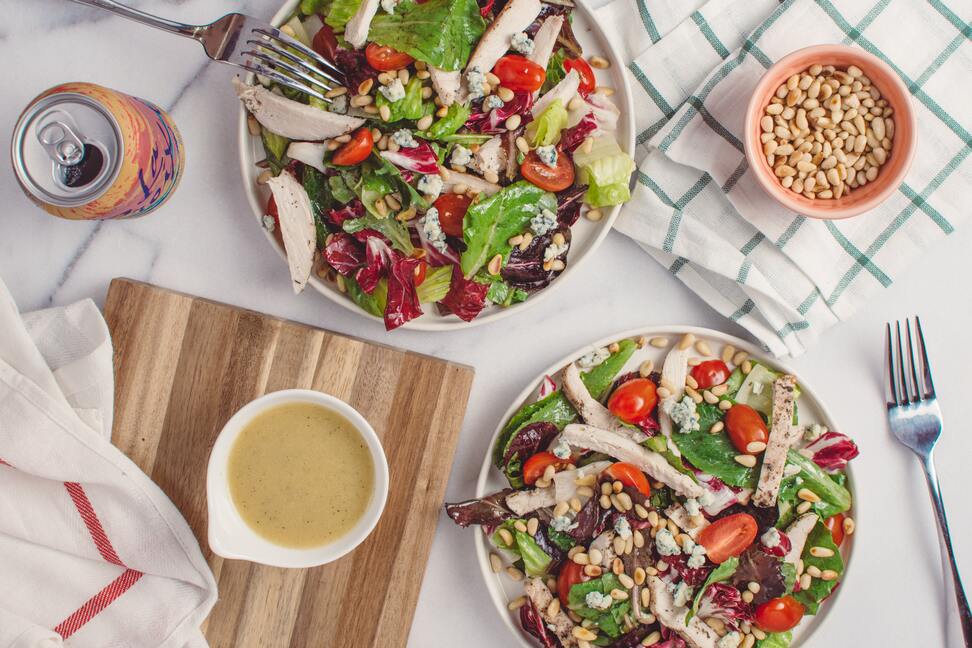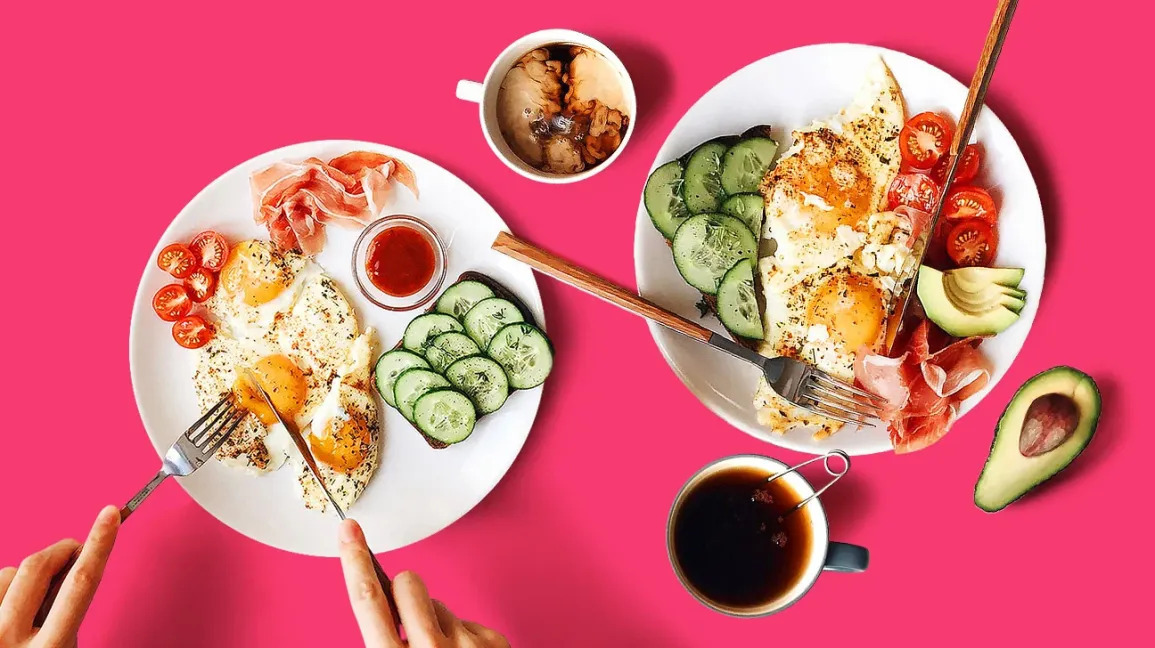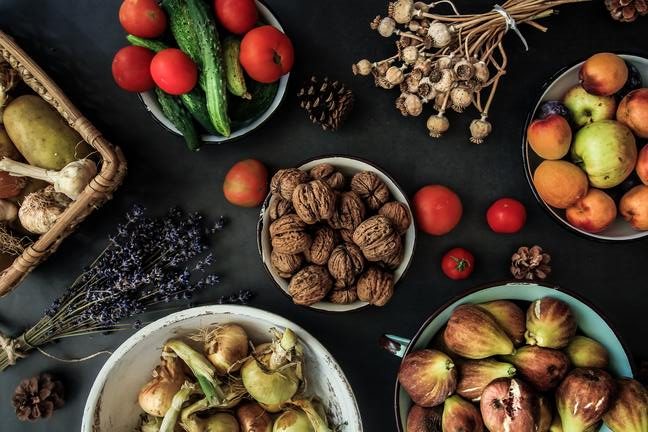Low Carb vs. Keto: Which One Is Right for You?
Low Carb vs. Keto: Which One Is Right for You?
The world of diets can be overwhelming, especially when it comes to low carb and Keto. With so many options out there, it can be hard to know which one is best for you. In this article, we'll break down the differences between low carb diet and Keto and help you determine which one is the best fit for your lifestyle.
What Is Low-Carb?
A low-carb diet is exactly what it sounds like: a diet that restricts carbohydrates. Carbohydrates are found in foods like bread, pasta, rice, and fruit. On a low-carb diet, you'll eat fewer of these foods and more protein and fat. The goal is to reduce your overall carb intake and replace it with healthier options.
What Is Keto?
The keto diet is a low-carb, high-fat diet that's designed to put your body into a state of ketosis. Ketosis is a metabolic state in which your body burns fat for fuel instead of carbohydrates. To achieve ketosis, you need to eat a high amount of fat, a moderate amount of protein, and a very low amount of carbohydrates.
Low-Carb Diet vs. Keto Diet Differences
While low carb and keto may seem similar, there are some key differences between the two. For starters, the keto diet is much stricter than a low-carb diet. On Keto, you need to limit your carb intake to around 20-50 grams per day, while on a low-carb diet, you can eat up to 100 grams per day.
Another difference is the type of foods you'll eat. On a low-carb diet, you'll likely eat more protein and healthy fats, while on Keto, you'll consume higher amounts of fat and moderate amounts of protein.
Low-Carb Diet vs. Keto Benefits
Both low carb and Keto diets have their own unique benefits. A low-carb diet can help with weight loss, reduce inflammation, improve blood sugar levels, and lower your risk of heart disease. On the other hand, the Keto diet can provide all of those benefits as well as improve brain function, increase energy levels, and reduce seizures in people with epilepsy.
Low Carb Foods
When it comes to low-carb foods, there are plenty of options to choose from. Some of the best low-carb foods include meat, fish, eggs, vegetables, nuts, and healthy fats like olive oil and avocado. These foods are not only low in carbohydrates, but they're also high in protein, fiber, and other essential nutrients.
Some popular low-carb foods include grilled chicken, salmon, broccoli, cauliflower, spinach, almonds, and chia seeds. You can also enjoy low-carb snacks like hard-boiled eggs, cheese, and jerky.
It's important to note that not all low-carb foods are created equal. Some processed low-carb foods may be high in unhealthy fats and additives, so it's important to choose whole, nutrient-dense foods whenever possible.
Overall, incorporating low-carb foods into your diet can help you feel fuller for longer, reduce cravings, and improve your overall health. By combining a low-carb diet with regular exercise and other healthy lifestyle habits, you can achieve your health and wellness goals.
Keto Foods
Keto foods are specifically chosen to help you maintain a state of ketosis, where your body is burning fat for energy instead of carbohydrates. To achieve this, you'll need to focus on high-fat, moderate-protein, and low-carbohydrate foods.
Some of the best Keto foods include:
It's important to note that not all foods are created equal when it comes to Keto. You'll want to avoid high-carb foods like grains, sugary snacks, and processed foods, as well as starchy vegetables like potatoes and corn. Instead, focus on whole, nutrient-dense foods that are low in carbohydrates.
With a little planning and creativity, it's possible to create delicious and satisfying Keto meals. Some popular keto recipes include avocado and bacon salad, cauliflower fried rice, and keto-friendly pizza. By incorporating these and other keto foods into your diet, you can achieve your health and wellness goals while enjoying delicious and satisfying meals.
5 Tips to Start a Low-Carb Diet
- 1Focus on whole foods: Stick to nutrient-dense whole foods like meat, fish, eggs, vegetables, and healthy fats.
- 2Reduce your carb intake: Gradually reduce your carb intake by eliminating processed foods and sugary drinks.
- 3Experiment with low-carb recipes: Look for low-carb recipes online and experiment with new meals and snacks.
- 4Track your progress: Keep track of your food intake and measure your progress to stay motivated.
- 5Stay hydrated: Drink plenty of water to help flush out toxins and keep your body functioning properly.
In conclusion, both low carb and Keto diets can be effective ways to improve your health and lose weight. While they have their own unique differences and benefits, the most important thing is to find the one that works best for you and your lifestyle. By following these tips, you can start a low-carb or keto diet and achieve your health goals.






